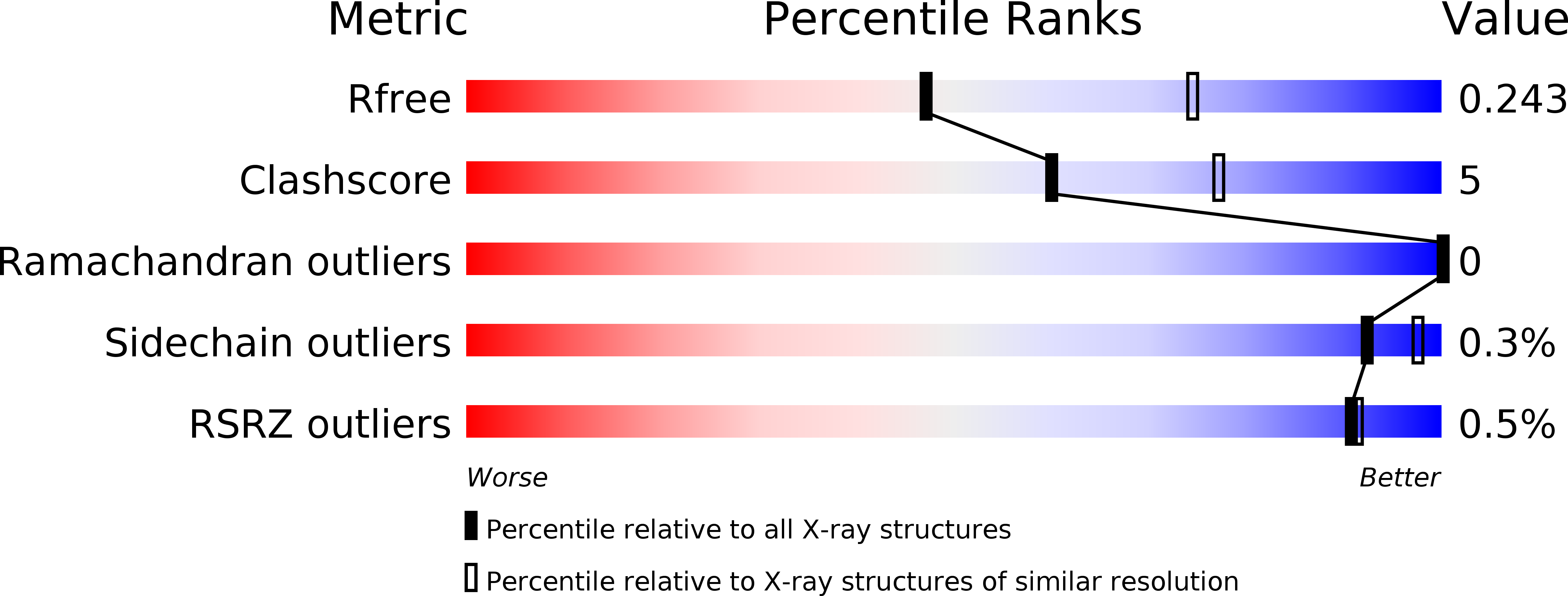
Deposition Date
2011-01-24
Release Date
2011-03-23
Last Version Date
2024-11-27
Entry Detail
PDB ID:
3QG6
Keywords:
Title:
Structural Basis for Ligand Recognition and Discrimination of a Quorum Quenching Antibody
Biological Source:
Source Organism:
Mus musculus (Taxon ID: 10090)
Host Organism:
Method Details:
Experimental Method:
Resolution:
2.50 Å
R-Value Free:
0.23
R-Value Work:
0.18
R-Value Observed:
0.18
Space Group:
P 1 21 1


